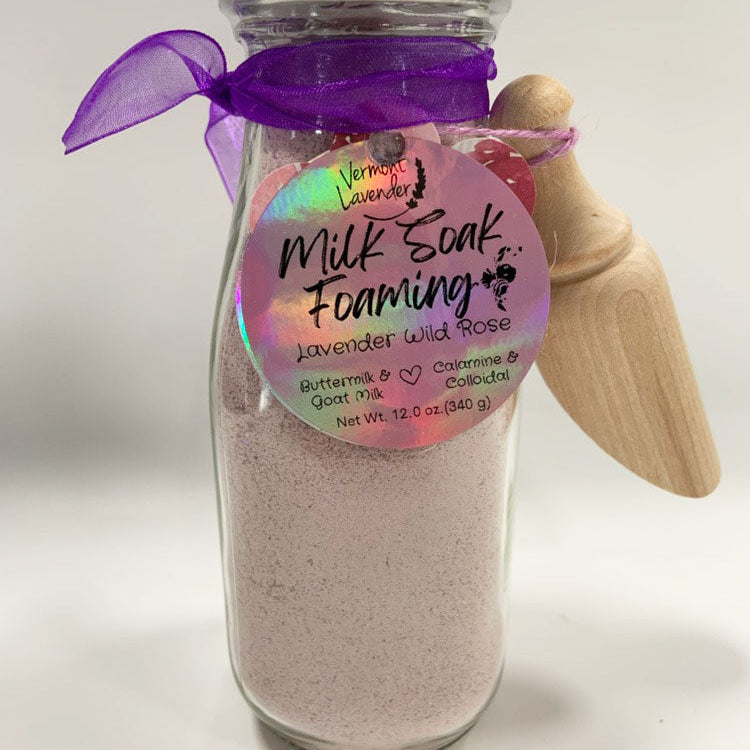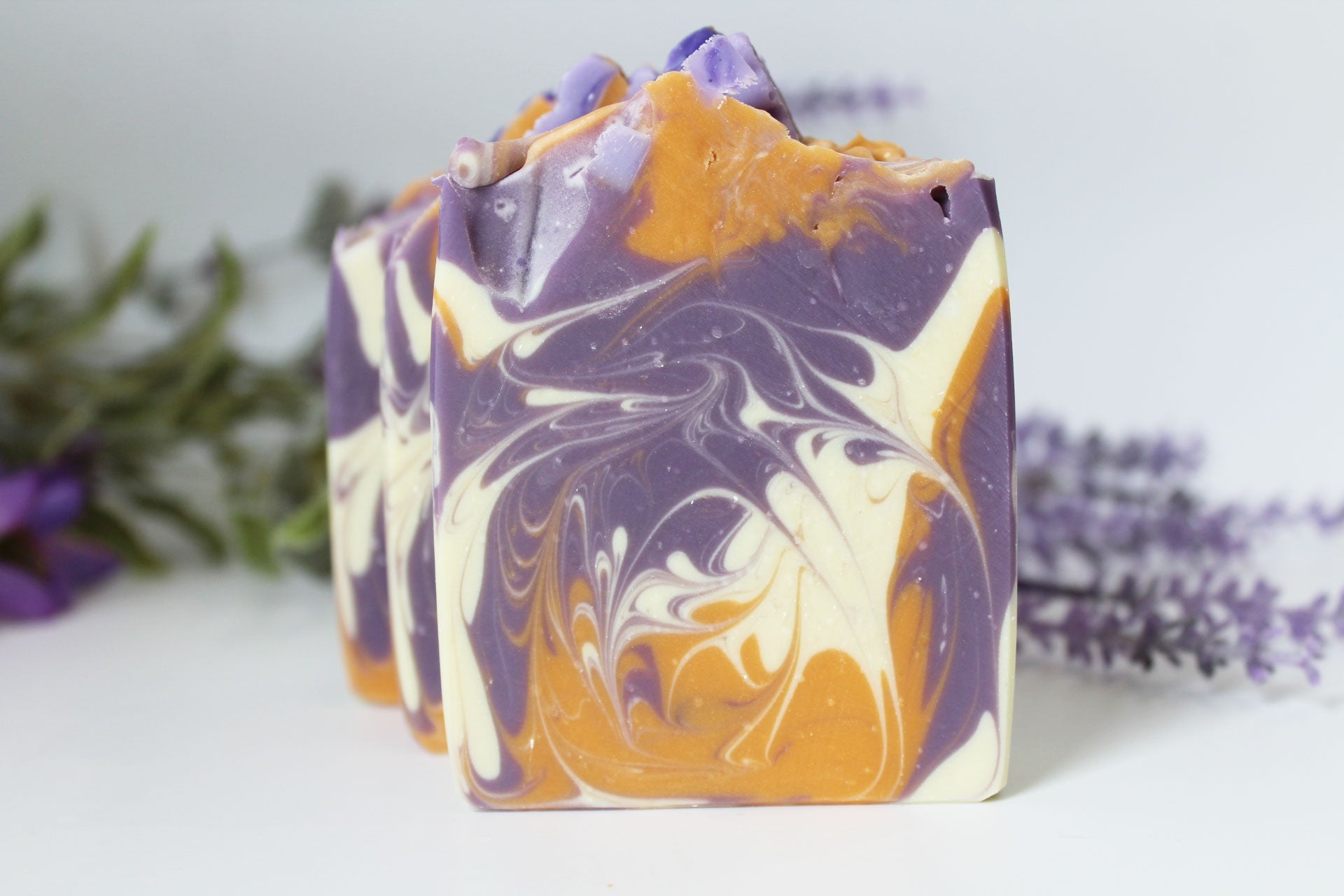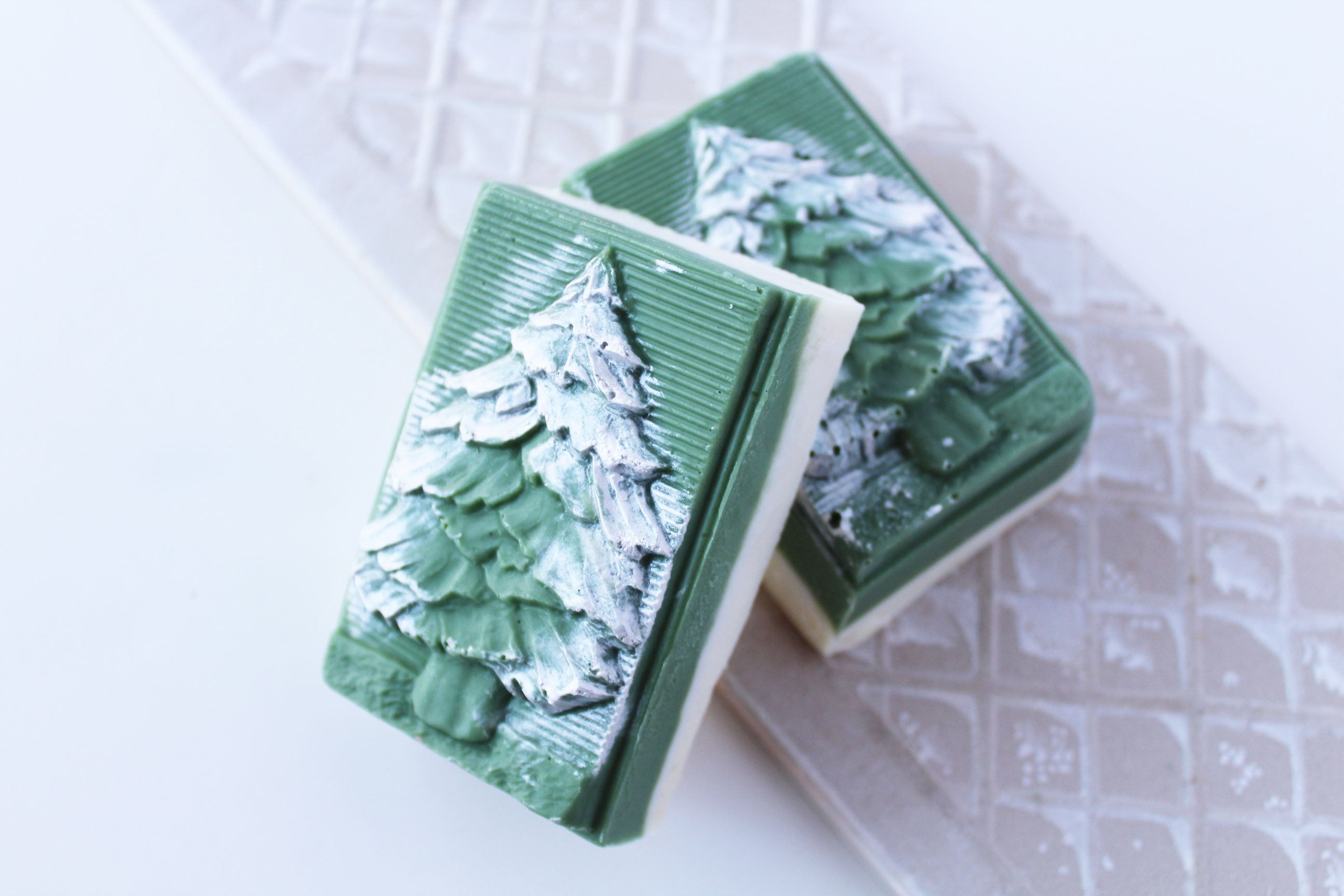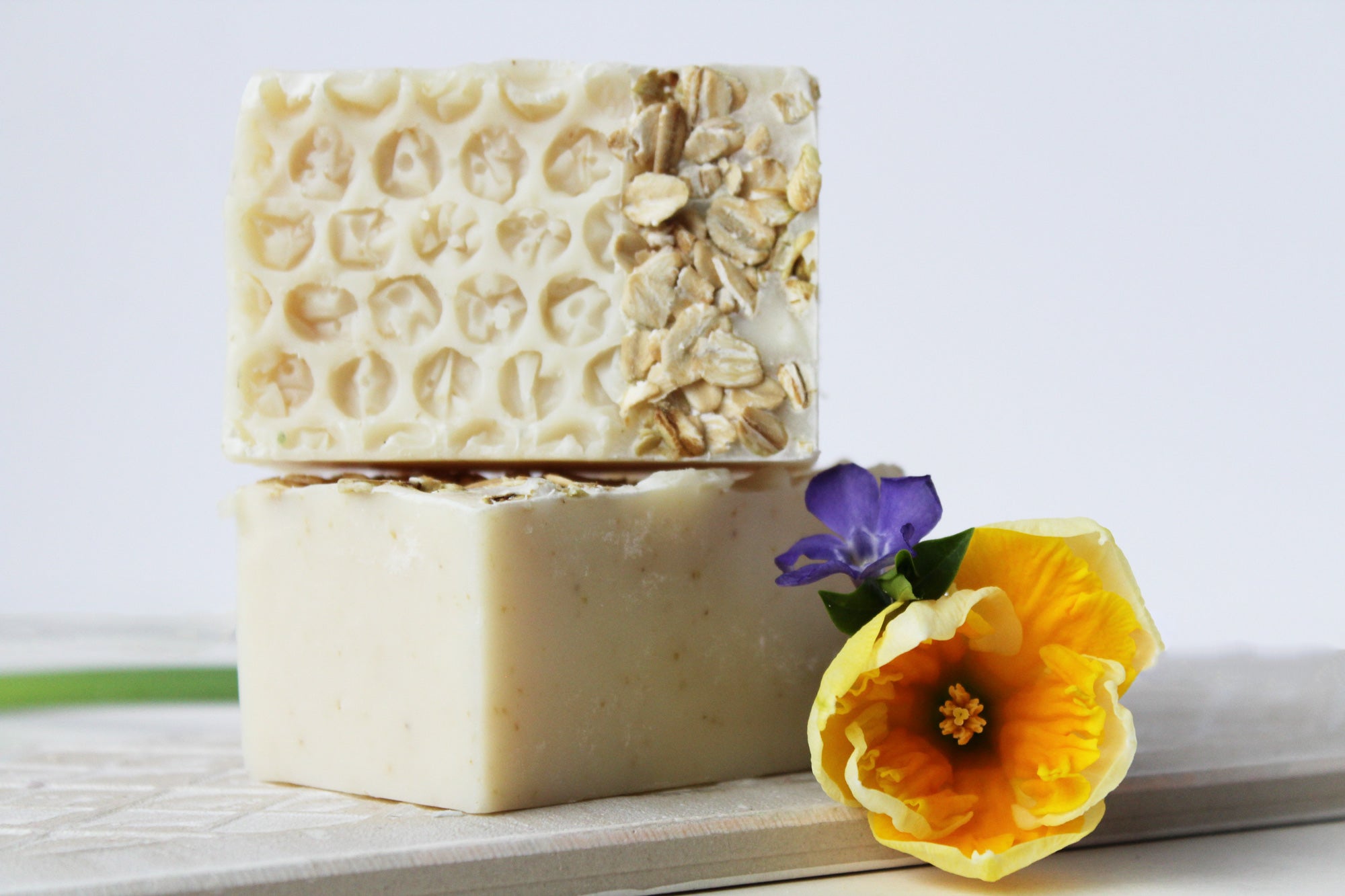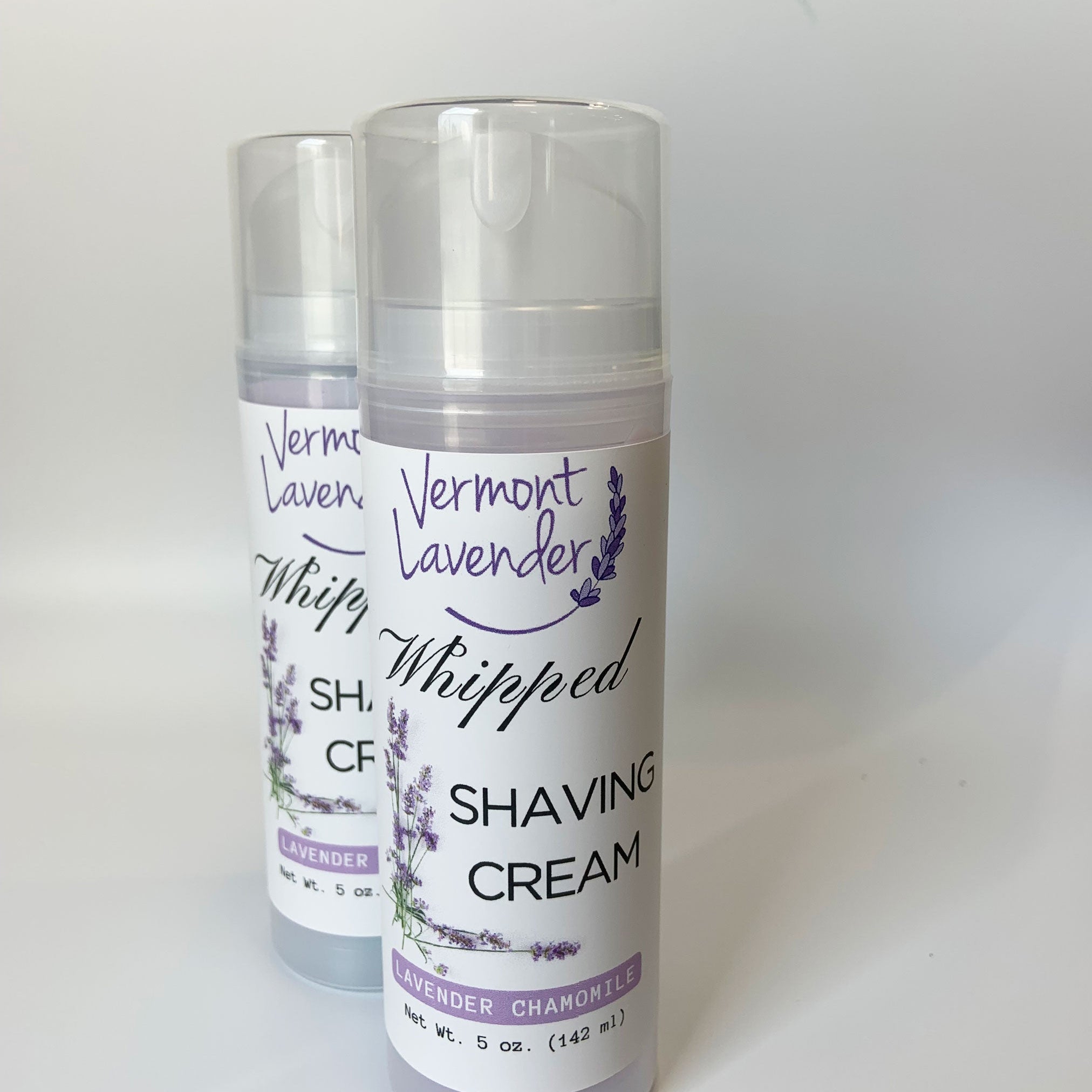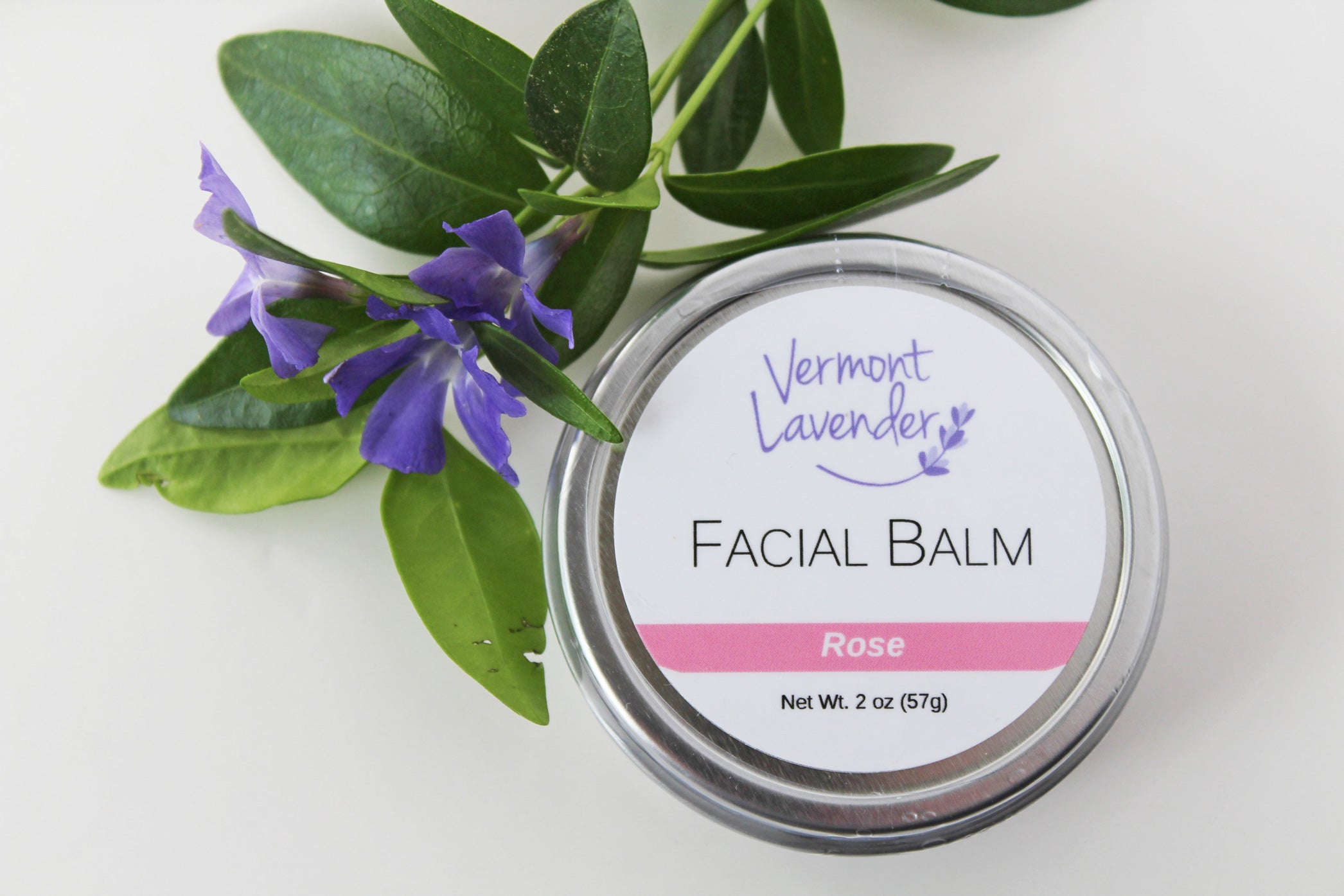Pruning Lavender What You Need To Know
Lavender Cuttings
Buy Your Herbs at Richters (affiliate link)
Pruning lavender is a natural necessity to keep the plant healthy, vigorous and beautiful. This is the way lavender plants should look when flowering in your lavender flower garden.
Pruning Lavender – When
While the plants are small and young in order to keep that mounded look of lavender they should be pruned when they’re still in the pot. This is a good idea to do yearly as it maintains the plants strength to grow stronger in width, height and a longer root system.
Deciding when to prune depends upon what part of the country you live in and climate. In colder areas here in New England we would prune in the spring and then again after flowering in autumn. In warmer climates or the southern United States we would prune after the flowering has finished in autumn.
Lavender Cultivars Determine When To Prune
L. angustifolia and L. x intermedia cultivars need to be pruned after flowering has finished or in autumn. Here in northern New England, I lightly prune the sides of my lavender plants in the spring just to take away any dead wood on these varieties. My lavender hedges are pruned twice a year.
Pruning the sides only in the spring allows for the flowers to begin growing and then finally bloom. The second pruning should be done in autumn before any frost or the cold weather starts to set in. Both the sides and tops should be pruned hard to maintain the beautiful mounded shape.
Here in the north we mulch our lavenders to prevent winter kill. I use my composted chicken manure and leaves for winter insulation and a long term fertilizer.
L. stoechas cultivars are better for the southern parts of the United States or warmer regions. This cultivar should be cut back at least one half to keep the bushy shape. If this is pruned in the spring this will prevent it from flowering as all the buds have been cut off. If they are pruned in the spring then another pruning will need to be done in autumn to maintain the plants mounded shape. Or after the lavender plants have finished flowering they can be pruned.
If a heavy pruning is done in the summer months after the profuse lavender flowers have bloomed then another light pruning is recommended. This prevents the plants from being damaged by snowfall in the winter. So, first a light pruning after the flowers have bloomed then another heavier mid-autumn pruning is done to keep the plants more compact and protected for the winter.
Here in Vermont, northern New England I do not grow the L. stoechas cultivar because it wouldn’t survive the temperate zone 4 region and heavy snowfall. On the other hand, for warmer areas when a hard winter is forecasted then mulch for winter protection or bring indoors.
These cultivars all can be pruned back by one third to one half with lavender hedges needing to be pruned twice a year. This may sound drastic in cutting the lavender back so harshly, but lavender that has never been pruned will become woody in the center of the bush. If the bushes are too old it may be too late and a new plant needs to be planted.
L. dentata var. dentata and L. dentata var. candicans are usually lightly pruned when the hedge has become to large and has outgrown it garden area. The best time to prune this cultivar is in the summer. This cultivar needs little pruning.
The Best Kept Secret
The secret to pruning lavender is to start when the plant is very young and is still in the pot. Pinch out the new growth causing the plant to branch out and encourage lateral branch formation. Just like growing blue berries and some other plants, pinching off the new flower buds in the first year will encourage a larger bush and abundant spikes for the following season.
Affiliate Link Disclosure: Some links in this article may be affiliate links, which means I earn a small commission if you purchase through them—at no extra cost to you. Thank you for supporting me and my small business! Your contributions help keep my passion for natural skincare, lavender, and creativity thriving. I only recommend products I trust and love. Thanks for being part of my journey!




